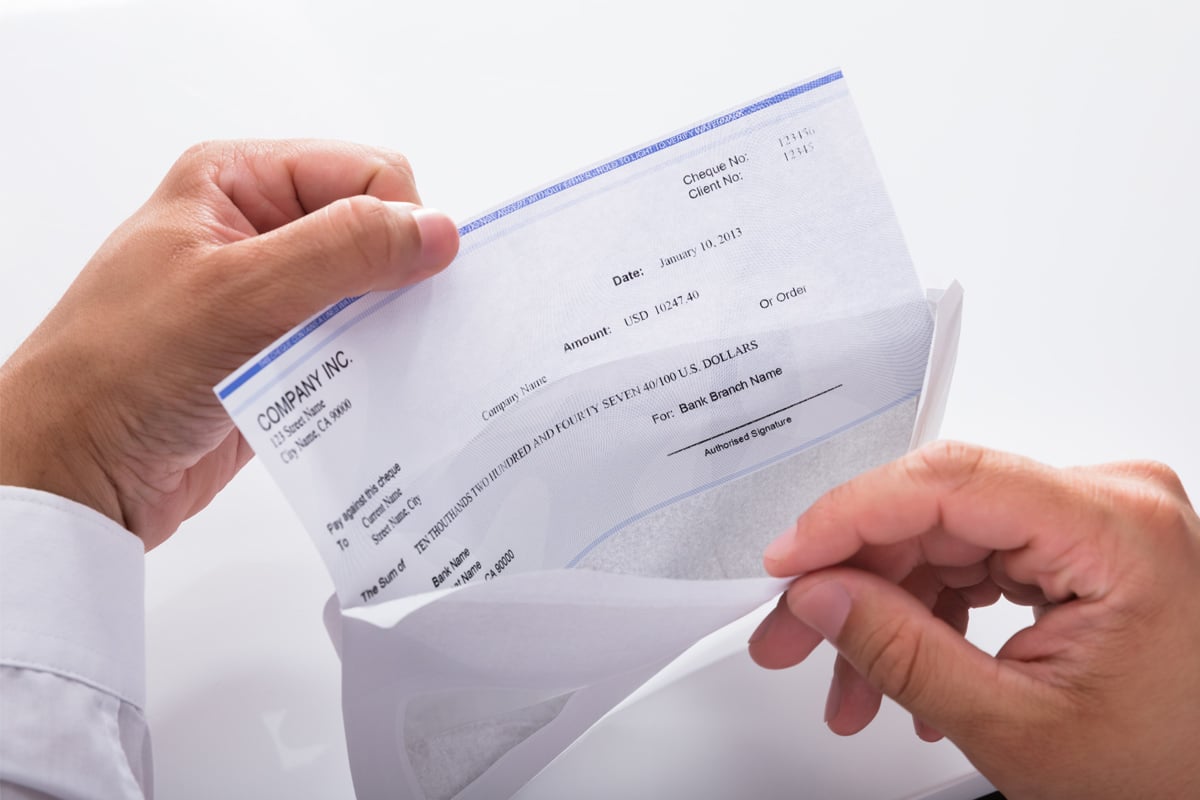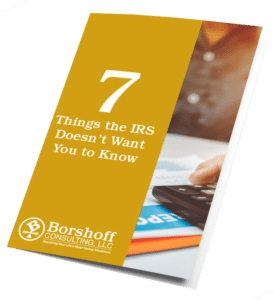What is the Paycheck Protection Program
The Paycheck Protection Program is a loan designed to provide a direct incentive for small businesses to keep their workers on the payroll. It is intended to help businesses keep their workforce employed through the COVID-19 crisis.
If all employees are kept on the payroll for at least 8 weeks, the SBA loan will be forgiven. The stipulation is that the loan is used for payroll, rent, mortgage interest, or utilities.
You can apply through any existing SBA 7(a) lender or through any federally insured depository institution, federally insured credit union, and Farm Credit System institution that is participating. Other regulated lenders will be available to make these loans once they are approved and enrolled in the program. You should consult with your local lender as to whether it is participating in the program.
To find out more information give us a call 317-846-1005 or visit the SBA payroll Protection Program
Frequently Asked Questions
The 8-week period begins on the date the lender makes the first disbursement of the loan.
No. The exclusion of compensation in excess of $100,000 annually applies only to cash compensation, not to non-cash benefits, including:
- employer contributions to defined-benefit or defined-contribution retirement plans;
- payment for the provision of employee benefits consisting of group health care coverage, including insurance premiums; and
- payment of state and local taxes assessed on the compensation of employees.
Yes. PPP loans cover payroll costs, including costs for employee vacation, parental, family,
medical, and sick leave. However, the CARES Act excludes qualified sick and family leave wages for which a credit is allowed under sections 7001 and 7003 of the Families First Corona virus Response Act (Public Law 116–127). Learn more about the Paid Sick Leave Refundable Credit here.
You will owe money when your loan is due if you use the loan amount for anything other than payroll costs, mortgage interest, rent, and utility payments over the 8 weeks after getting the loan. Due to the likely high subscriptions, it is anticipated that no more than 25% of the forgiven amount may be for non-payroll costs. You will also owe money if you do not maintain your staff and payroll.
- Number of Staff: Your loan forgiveness will be reduced if you decrease your full-time employee headcount.
- Level of Payroll: Your loan forgiveness will also be reduced if you decrease salaries and wages by more than 25% for any employee that made less than $100,000 annualized in 2019.
- Re-Hiring: You have until June 30, 2020, to restore your full-time employment and salary levels for any changes made between February 15, 2020, and April 26, 2020.
You can submit a request to the lender that is servicing the loan. The request will include documents that verify the number of full-time equivalent employees and pay rates, as well as the payments on eligible mortgage, lease, and utility obligations. You must certify that the documents are true and that you used the forgiveness amount to keep employees and make eligible mortgage interest, rent, and utility payments. The lender must make a decision on the forgiveness within 60 days.
Maximize Qualified Expenditures:
- Payroll is to be considered per pay period; a planning opportunity may exist related to the timing and payment of applicable bonuses or commissions. Effectively spreading these costs over all payroll periods during the Covered Period may increase the qualified expenditures counting towards forgiveness.
- Utilities are defined to include the distribution of electricity, gas, water, transportation, telephone, or internet access. In the most recent Interim Final Rule, it is mentioned if the business utilizes a business vehicle it could also count the “gas” as a utility. The key is to make sure all qualified and intended expenditures are being accounted for to maximize Forgiveness.
- While the forgiveness amount is capped at the Loan Principal. This is interpreted to mean qualified expenditures can exceed this amount (if they are subject to subsequent reductions discussed). Consistently, the key is to make sure all qualified expenditures (the starting point) are captured before consideration of any applicable reductions (FTE or salary reductions) to maximize Forgiveness.
Payroll costs, health care benefits, mortgage interest payments, rent, utility, interest payments on debt incurred prior to February 15, 2020, and/or refinancing an SBA EIDL loan made between January 31, 2020, and April 3, 2020.
Owner compensation replacement (calculated based on 8/52 of 2019 net profit from Form 1040 Schedule C)
- Employee payroll costs (as defined by the interim rule)
- Business mortgage interest payments on real/personal property
- Business rent payments
- Business utility payments
- Interest payments on debt obligations incurred before February 15, 2020
- Refinancing an SBA EIDL loan made between January 31, 2020, and April 3, 2020
***NOTE – the individual must have claimed or be entitled to claim a deduction for the included expenses on 2019 Form 1040 Schedule C***
The amount of loan forgiveness will depend on the amount spent during the 8-week period on:
- Payroll costs as defined by the Interim Rule (does not include benefits for owners)
- Owner compensation replacement (limited to 8/52 of 2019 net profit and excluding any qualified sick or family leave equivalent amount for which a credit was claimed under FFCRA)
- Interest payments on mortgage obligations for real/personal property incurred before February 15, 2020
- Rent payments on lease agreements in force before February 15, 2020
- Utility payments under service agreements dated before February 15, 2020
***NOTE – for interest, rent and utility payments, the amounts must be deductible on Form 1040 Schedule C***
The following documentation is required:
- Certification that the documentation provided is true and correct and the amount for which forgiveness is required was used to retain employees and make interest, rent and utility payments
- If the self-employed individual has employees, Form 941 and state quarterly tax reporting forms or equivalent payroll processor records that correspond to the covered period
- Evidence of business rent, mortgage interest payments or utility payments for loan proceeds used for these purposes
- 2019 Form 1040 Schedule C
The employee federal withholding is included in allowable payroll costs for the purposes of determining the amount to be forgiven.
The employer federal payroll taxes (i.e. FICA and Medicare taxes) imposed on the gross payroll are not eligible payroll costs for the loan forgiveness calculation.
At least 75% of the loan proceeds must be used for payroll costs. If salaries decrease by more than 25% for any employee who made less than $100,000 annualized in 2019 or if the number of FTEs decreases, the forgiveness amount will be reduced.
For businesses that take this credit, the wages will be excluded from the determination of payroll costs.
On April 30, 2020, the IRS released Notice 2020-32. While loan forgiveness was excluded from income per the CARES act, this notice also confirms that the covered expenses related to the loan forgiveness are not deductible to the extent of the amount of the loan forgiven. For example, assume you received a PPP loan of $25,000 and the entire amount is later deemed forgivable. The $25,000 of expenses incurred will not be deductible and the forgiven loan is not subject to income tax.
No, the forgiveness of the loan does not constitute taxable income.





